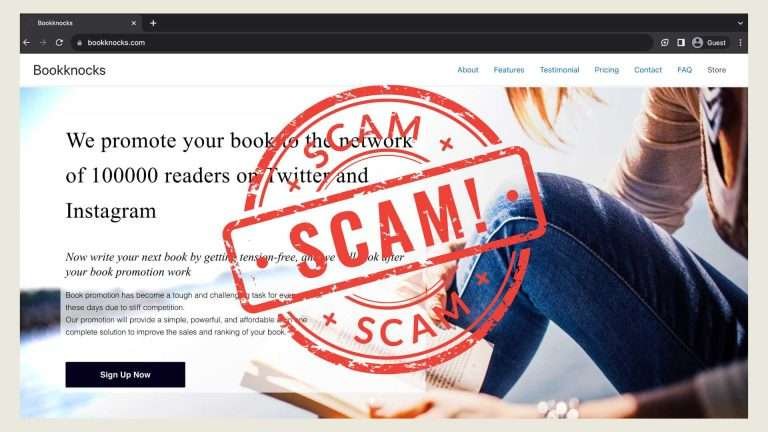Top Ten Unique Ways Authors Marketed Their Books: Thinking Outside the Bookstore

When it comes to marketing books, authors have shown they can be as creative with their strategies as they are with their storytelling. Sure, book tours and traditional media coverage are effective ways to get your tome noticed, but as the landscape of publishing evolves, so too should your marketing techniques. The good news? The world is your literary oyster, and I’m here to help you crack it open. Buckle up, writers – we’re about to embark on a whirlwind tour of ten of the most inventive marketing strategies authors have used to transform their work from unknown to unforgettable.
1. Tag, You’re It: Graffiti Marketing
Let’s kick things off with an urban twist. Banksy, the elusive street artist, has given graffiti a whole new sheen of respectability. Taking a leaf out of his book, author John Green used graffiti art in various cities to create buzz about his novel, “The Fault in Our Stars.” You might not wield a spray can just yet, but commissioning a local artist to create a mural related to your book could garner substantial attention.
2. Podcast and Conquer
Who doesn’t love a good podcast while commuting, cooking, or working out? Authors like Brandon Sanderson have leveraged this medium to great effect by hosting their own shows, discussing their books, and providing behind-the-scenes insights into their writing process. It’s a brilliant way to connect with your audience on a more personal level and build a loyal community around your work.
3. Cook up a Storm with a Recipe Book
E.L. James, the author of the “Fifty Shades” series, collaborated with a chef to create a cookbook based on the dishes mentioned in her novels. Food is an excellent way to engage with readers and invite them into the world you’ve created. Could your characters’ favourite dishes be your next big marketing play?
4. The Celebrity Bump
Getting a celebrity to endorse your book can send your sales skyrocketing. But instead of waiting for Oprah’s Book Club to call, consider reaching out to relevant influencers in your genre. Matthew Norman did this effectively for his book “Domestic Violets,” which was promoted by actor Nathan Fillion. You could start by gifting your book to a celebrity who might genuinely enjoy it.
5. The Medium is the Message: Augmented Reality
Reif Larsen took readers beyond the written word by using augmented reality (AR) to supplement his book, “The Selected Works of T.S. Spivet.” QR codes within the pages linked to online multimedia content, creating an immersive and interactive reading experience. While it may require technical know-how, it’s an unforgettable way to make your book stand out.
6. Make Your Mark with Merchandise
Who wouldn’t love a T-shirt, bookmark, or coffee mug branded with their favourite book or character? Authors like J.K. Rowling have capitalized on this, creating a Harry Potter universe with merchandising that has expanded their brand’s reach immensely. Your own online store could offer readers a tangible connection to your work.
7. The Allure of Limited Editions
Neil Gaiman’s “The Ocean at the End of the Lane” was released as a special edition with a bonus short story, making it a must-have for fans. Limited editions create a sense of urgency, exclusivity, and value around your book – consider offering a bonus chapter, signed copies, or custom artwork to entice readers.
8. Get Personal with Handwritten Notes
In an age of digital overload, personalized handwritten notes stand out. Author Piers Alexander included such notes as a surprise in some copies of his book,
“The Bitter Trade.” This touch of personalization can create a powerful bond between author and reader and generate positive word-of-mouth.
9. A Treasure Hunt to Remember
Why not turn your book into a real-life adventure? Author Kit Williams did just this for his book “Masquerade,” hiding a golden hare somewhere in the UK and leaving clues within the book to find it. This interactive approach spurred a country-wide treasure hunt and created a sensation around his book.
10. Break It Up: Serialized Books
The idea isn’t new (hello, Charles Dickens!), but in our age of bite-sized content, releasing your book in serialized parts can be an effective strategy. Andy Weir, author of “The Martian,” first published his book chapter by chapter on his blog. This strategy can build anticipation, drive steady traffic, and keep your readers hooked.
In the end, successful book marketing comes down to understanding your audience, being creative, and staying true to your brand. Think beyond traditional tactics, be bold and, above all, have fun with it!
In the comments below, tell us: which of these strategies do you find most appealing? Have you tried any of them before? I’m all ears – or should I say, all eyes?
Remember: Books aren’t just meant to be written. They’re meant to be read, and for that to happen, they must first be discovered. So let’s get those books of yours noticed, shall we?
Happy marketing, word wizards!





